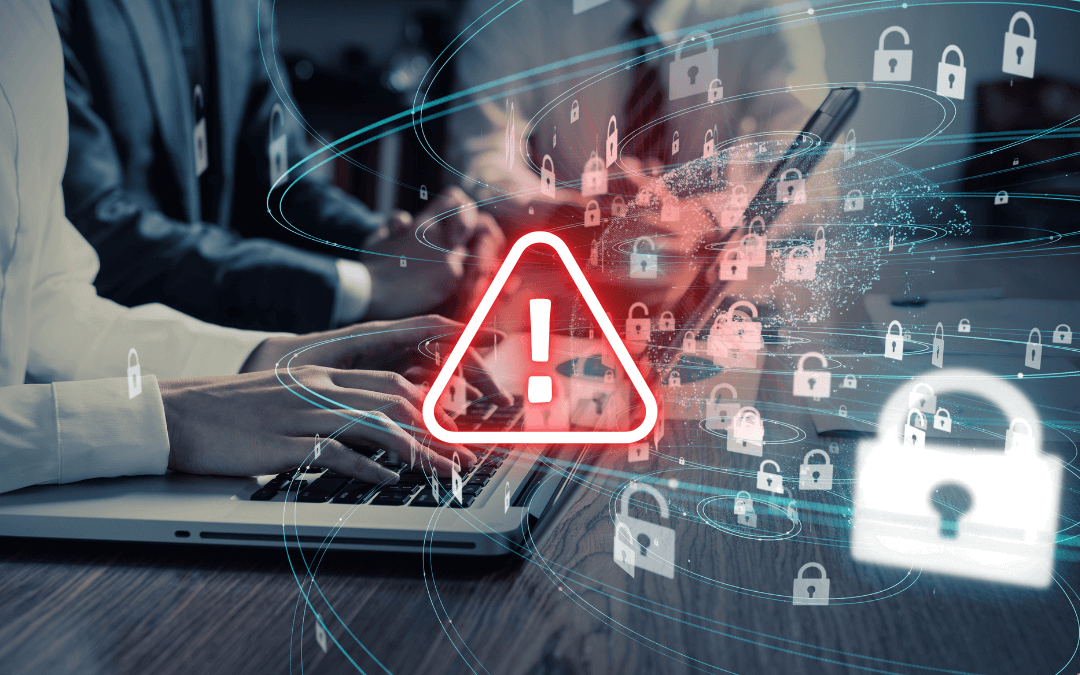Introduction
On July 29, 2025, Minnesota Governor Tim Walz made an unprecedented move by activating the National Guard to combat cyberattack threats that crippled the digital infrastructure of Saint Paul, the state’s capital. This incident, which began on Friday, July 25, underscores the growing danger of cyberattacks, not just to private organizations but to critical public services. As cyberattack threats rise in frequency and complexity, the St. Paul attack serves as a stark reminder of the vulnerabilities cities face in an increasingly digital world.
The St. Paul Cyberattack: A Deliberate Assault
The cyberattack, described by St. Paul Mayor Melvin Carter as a “deliberate, coordinated digital attack” by a sophisticated external actor, targeted the city’s critical systems and persisted through the weekend. The breach overwhelmed St. Paul’s internal and commercial response capabilities, forcing the city to shut down its information systems, including Wi-Fi in city buildings, online payment systems, and access to library and recreation center services. While emergency services like 911 remained operational, the attack caused significant disruptions to non-emergency services, highlighting the ripple effects of cyberattack threats on daily life.
In response, Governor Walz issued an executive order to deploy the Minnesota National Guard’s cyber protection unit, a rare but necessary step to ensure the continuity of vital services and protect residents’ safety and security. The Guard is working alongside local, state, and federal officials, including the FBI, to investigate the breach and restore systems. Mayor Carter also declared a local state of emergency to expedite recovery efforts, emphasizing the severity of the cyberattack threats.
A Growing Global Threat
The St. Paul cyberattack is not an isolated incident but part of a broader trend of escalating cyberattack threats. Across the globe, cyberattacks are becoming more frequent and sophisticated, targeting critical infrastructure, government networks, and private enterprises. For instance, recent reports highlight Chinese state-sponsored hackers, such as the Salt Typhoon group, breaching U.S. Army National Guard networks for months, stealing sensitive data like network configurations and credentials. Similarly, Russia’s flag carrier Aeroflot faced flight cancellations due to a cyberattack, and a French telecom giant, Orange, reported a network breach. These incidents illustrate the growing audacity and capability of cybercriminals, who exploit vulnerabilities to disrupt operations and compromise sensitive information.
The increasing complexity of these cyberattack threats—often involving ransomware, malware, or advanced persistent threats—poses a significant challenge to organizations with limited cybersecurity resources. In St. Paul’s case, the city’s decision to shut down systems was a defensive measure to contain the attack, but it also underscores how even basic services, like paying utility bills or accessing library resources, can be paralyzed by a single breach. As Mayor Carter noted, the city holds sensitive data on government employees, raising concerns about potential data theft, though no ransom demand has been reported.
The Role of the National Guard in Combating Cyberattack Threats
The activation of the Minnesota National Guard marks a significant escalation in how governments respond to cyberattack threats. With over 50 dedicated cyber units nationwide, the National Guard has become a critical asset in addressing cyberattacks that exceed local capabilities. This is not the first time a governor has called on the Guard for cyber support—since 2018, such deployments have occurred over 40 times across the U.S. The Guard’s involvement in St. Paul highlights the need for specialized expertise to counter sophisticated cyberattack threats and restore trust in public systems.
What’s Next for St. Paul and Beyond?
As St. Paul works to restore its systems, the incident raises urgent questions about how cities can better prepare for and respond to cyberattack threats. The collaboration between city officials, the National Guard, and federal agencies like the FBI underscores the importance of a coordinated response. However, it also highlights the need for proactive investments in cybersecurity infrastructure, employee training, and public awareness to mitigate future cyberattack threats.
The St. Paul cyberattack is a wake-up call for municipalities nationwide. As cyberattack threats grow in scale and impact, governments must prioritize resilience, from securing critical systems to ensuring rapid recovery. For residents, the temporary loss of services like online payments and Wi-Fi access is a reminder of how deeply integrated technology is in daily life—and how vulnerable it can be to cyberattack threats.
Conclusion
The activation of the Minnesota National Guard in response to the St. Paul cyberattack is a sobering reminder of the evolving nature of cyberattack threats. As these incidents become more frequent and sophisticated, disrupting essential services and compromising sensitive data, cities must adapt to a new reality where cybersecurity is as critical as physical security. By learning from St. Paul’s experience, governments and organizations can better prepare for the inevitable next cyberattack threats, ensuring the safety and trust of their communities.
Click here to read more blog articles.

